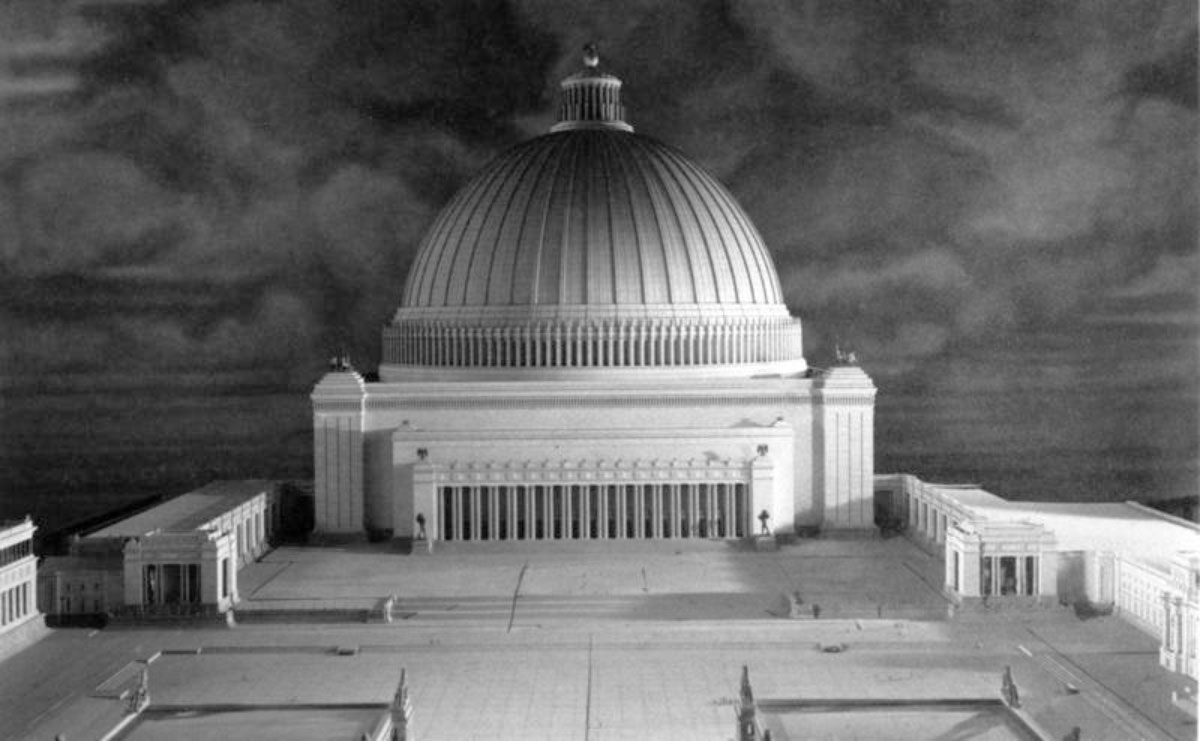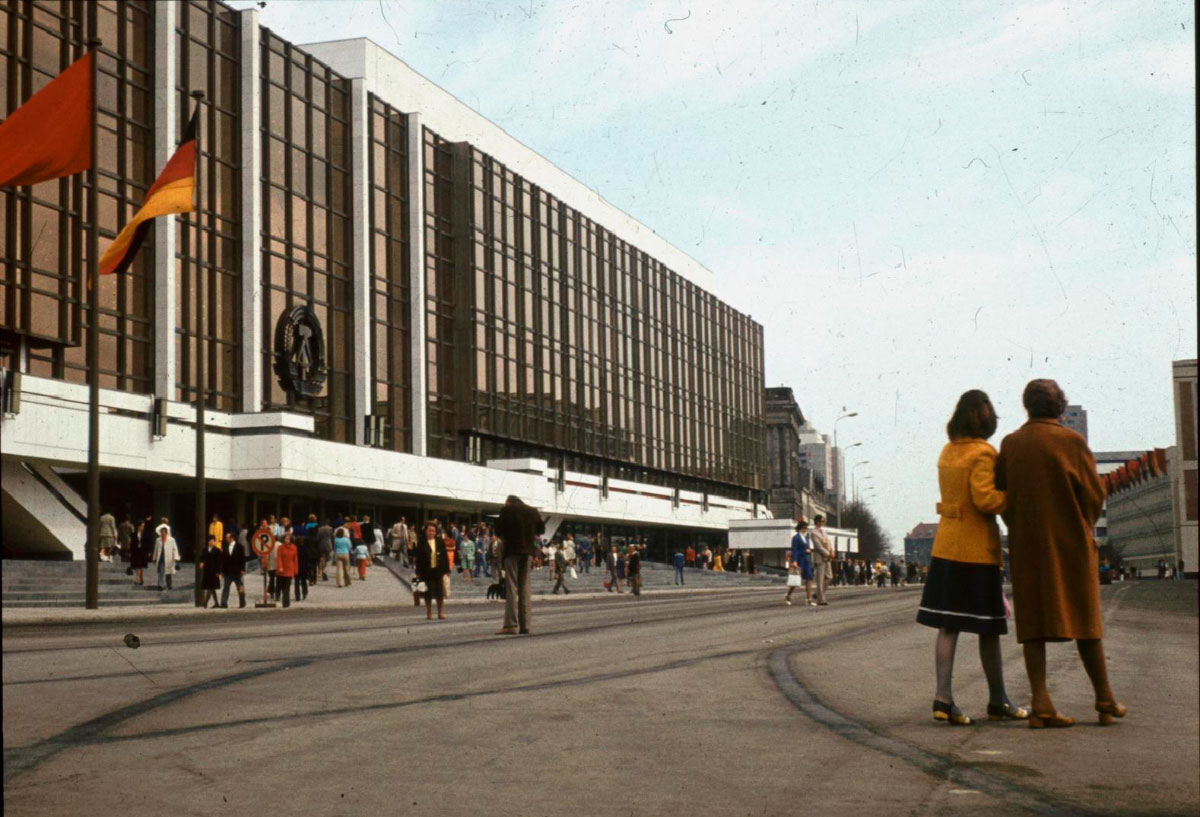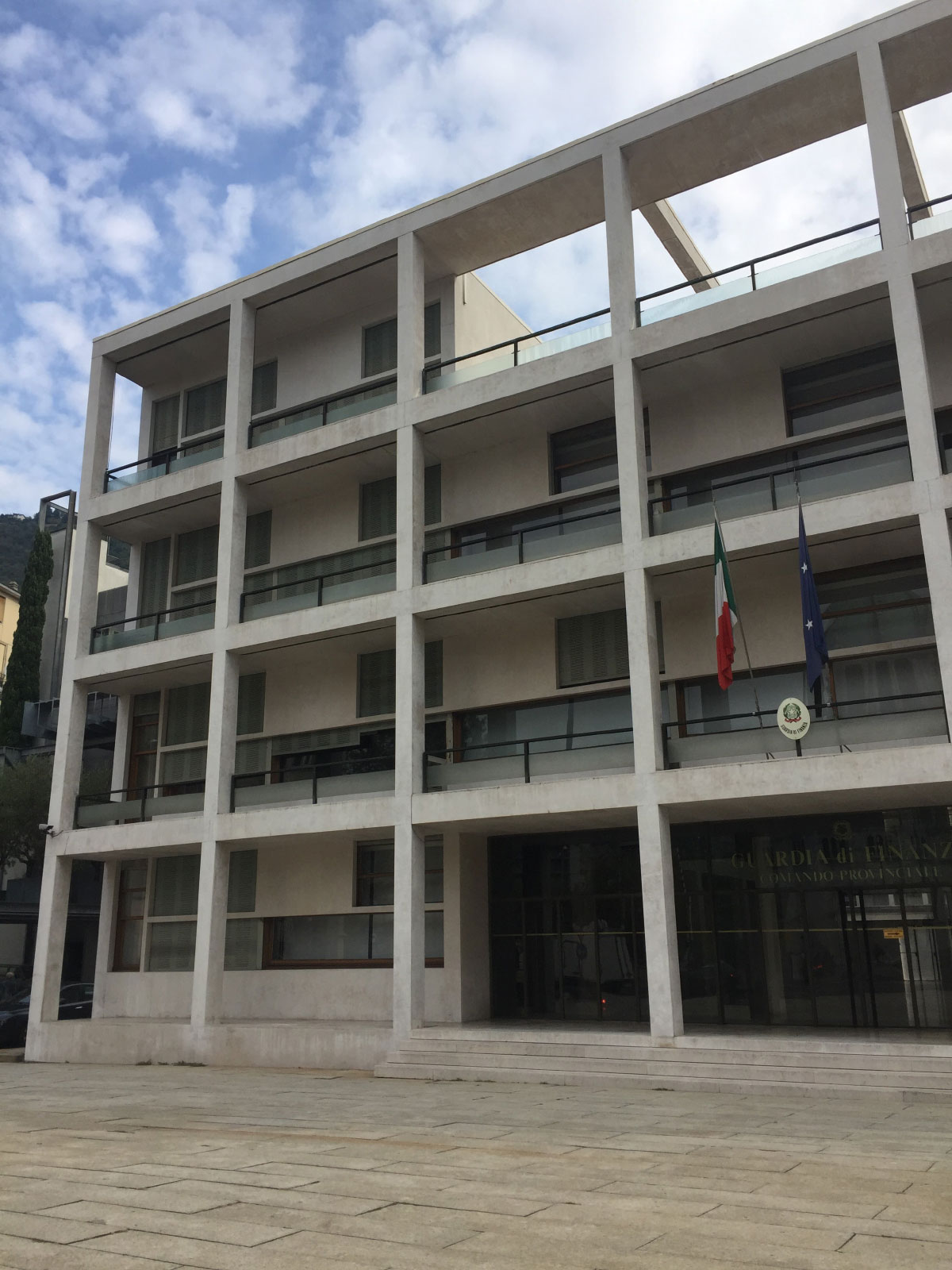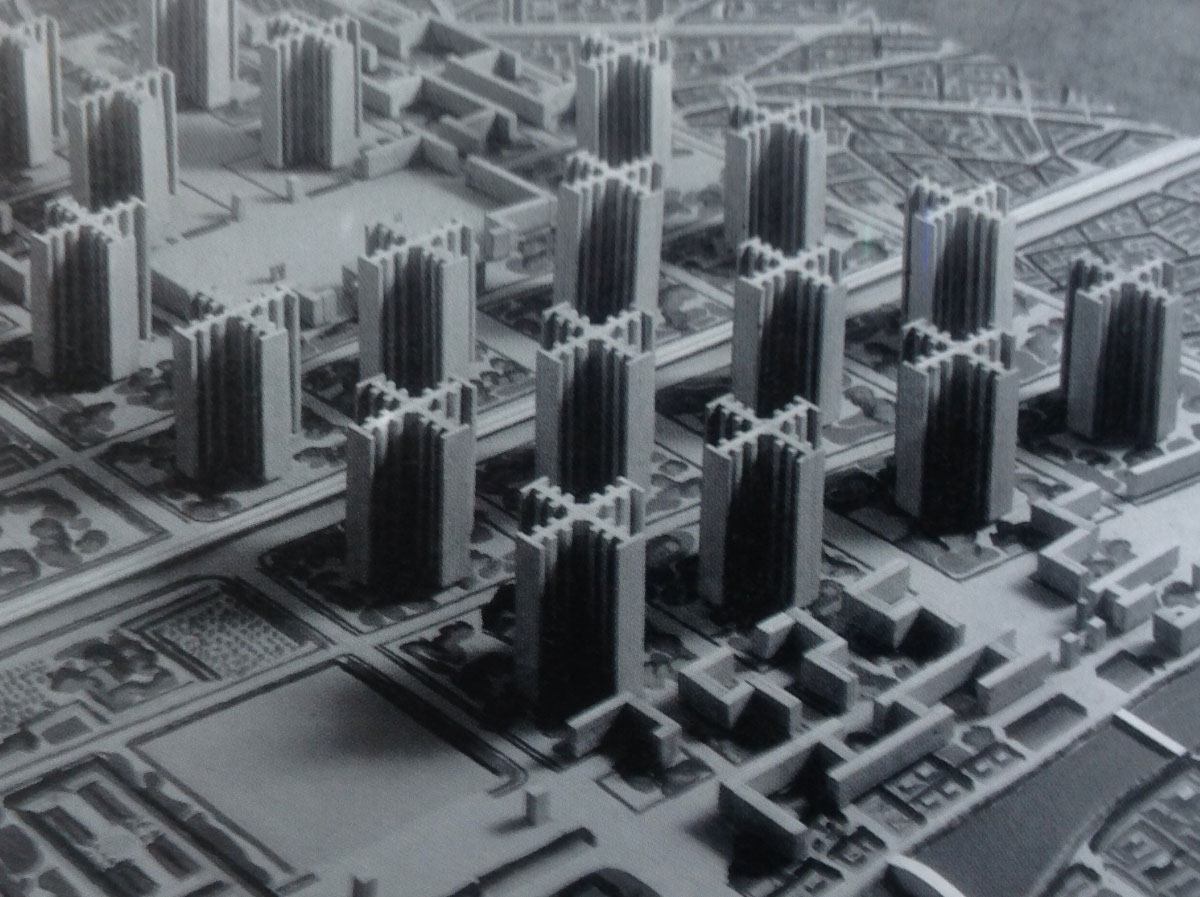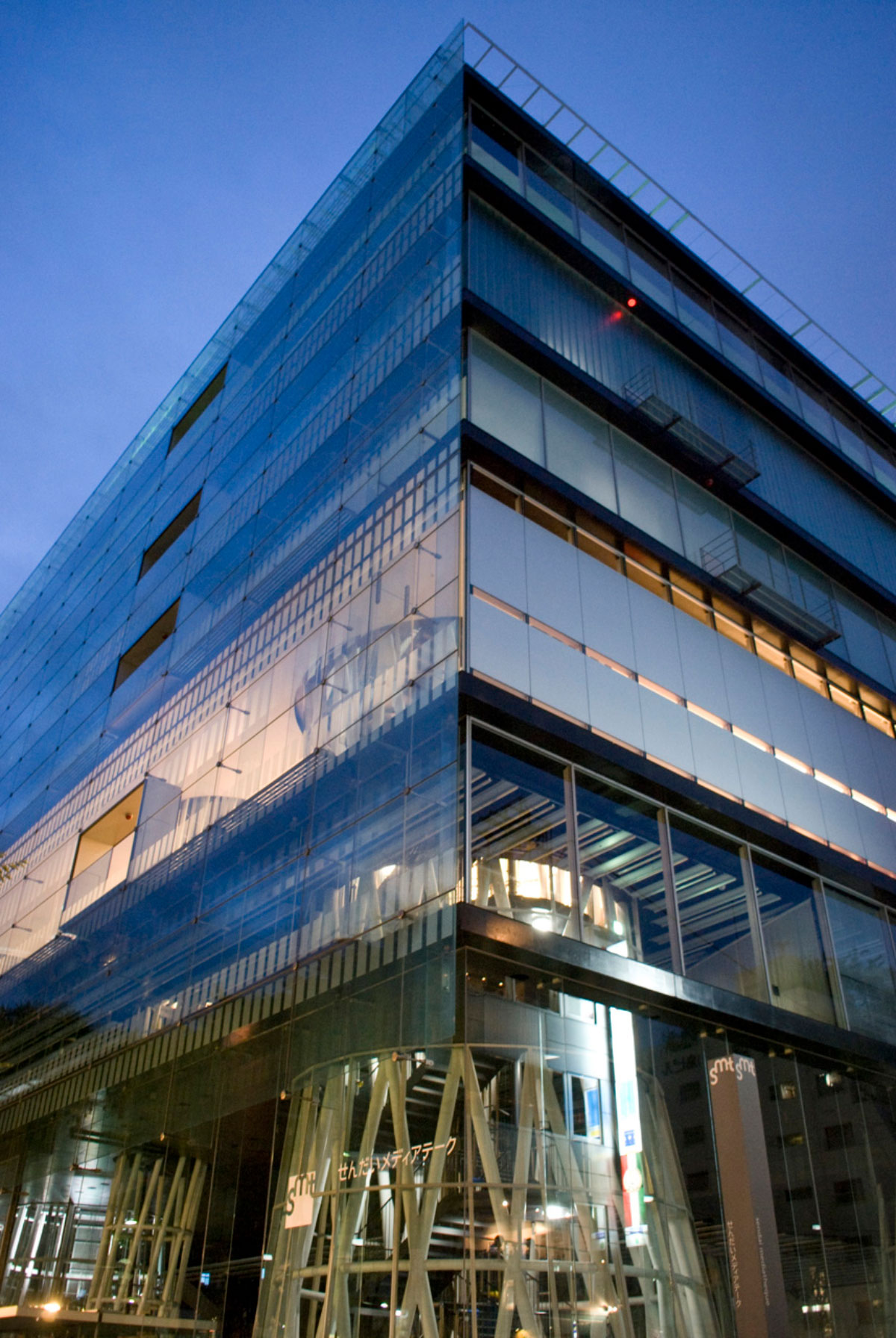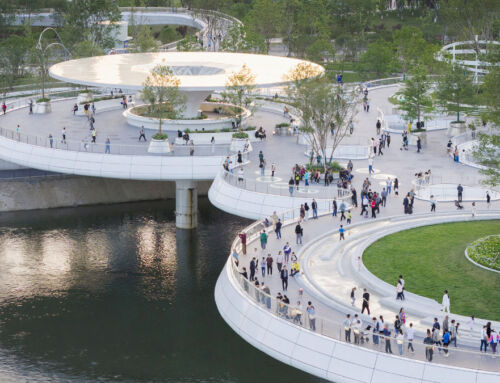When considering the relationship between architecture and power, it is often assumed that totalitarian regimes produce monumental and oppressive buildings, while democracies erect transparent and inclusive structures. However, history disproves this simplification: Giuseppe Terragni’s Casa del Fascio (built between 1932 and 1936), with its central atrium open to the public, formally adopted principles that today we would consider democratic, whilst Boston’s brutalist City Hall (opened in 1969), the work of a liberal society, can be as hermetic as a bunker.
True democratic architecture is defined by its governance and service orientation, not by formal codes. We can identify it by five fundamental criteria:
Participation versus imposition
Transverse projects such as Francis Kéré’s Gando Primary School (Burkina Faso, 2001) grew out of community workshops where inhabitants defined real needs. Kéré used compacted earth and passive ventilation, local techniques reinterpreted with contemporary engineering. This process contrasts with megaprojects such as Brasilia, where, despite their modern language, Lucio Costa and Oscar Niemeyer operated with a vertical logic.
Integration vs. spectacle
Toyo Ito’s Sendai Mediatheque (Japan, 2001) shows how to innovate without breaking the urban dialogue. Its structural ‘light tubes’ create a recognisable landmark that nevertheless maintains a human scale. In contrast, skyscrapers like New York’s 432 Park Avenue (2015), though built in democracy, impose their formal egoism without adding civic value.
Accessible quality, not elitism
Alvar Aalto’s Säynätsalo Town Hall (Finland, 1952) places its best space – a raised garden – in the heart of the complex, symbolically accessible to all citizens. Meanwhile, many ‘icons’ of contemporary architecture reserve their privileged areas for private use.
Sustainability as a responsibility
Álvaro Siza Vieira’s Marés Swimming Pools in Matosinhos (Portugal, 1966) show how to adapt to the environment: the concrete walls follow the line of the rocks, and the water is filtered naturally.
The ultimate test: the anonymous user
Truly democratic architecture often doesn’t make the front page: it is rural schools, health centres or social housing. In these cases, the design arises from concrete needs, not stylistic manifestos. It does not seek quick merit, but serves a demanding programme of social, scientific, etc. need. It is not a question of how attractive the building is, but of how the community lives in it – and with it.
By Miquel Solís, senior architect in the Architecture Department of Amusement Logic
Images : wikimedia.org


